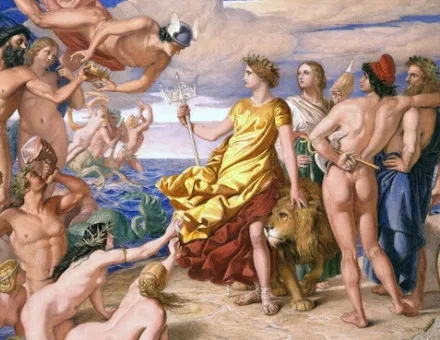The Seven Churches of Asia
James Marshall-Cornwall describes how Christianity was spread across modern Turkey during the first century AD.
The modern traveller who wishes to explore the region of the Seven Churches of Asia, mentioned in the Apocalypse, will find no trace of any architectural remains. The ‘Churches’, admonished in such com-minatory terms by St John the Divine, were not ‘temples made with hands’.
They were congregations of early converts to Christianity who met secretly in each others’ houses to worship, rather as the clandestine Resistance Groups forgathered during the Second World War in the German-occupied countries. It was not until 313 AD, when Constantine the Great legalized the Christian religion, that churches could be built openly and used for worship.
The identity of the author of the Apocalypse is somewhat obscure. Bishop Irenaeus, who was martyred in the year 202, definitely identifies him with St John the Evangelist; but modern scholars have disputed this because of the difference of language and style. He may have been a Presbyter, or Elder, of the Church, banished to the island of Patmos for refusing to conform to the Emperor-worship rigorously enforced during the reign of Domitian (81-96), when the followers of the Christian sect were cruelly persecuted.





